
The popularity and use of dental implants are increasing by the day. In fact, this type of treatment is beginning to make other types of dental treatment obsolete. So what exactly makes osseointegrated implants so worthwhile?
Insertion
First of all, in order to install the implants, a fixture is inserted into the jaw. This fixture osseointegrates with the jaw - that is, it moulds together with the jaw - thus providing a substitute for the root of the tooth. An abutment is screwed onto this fixture, which allows for a prosthesis to be attached and removed as desired.
BenefitsImplants bring several benefits with regard to the restoration of the teeth. They allow for the preservation of the jaw bone, which can help stop the facial structure ‘collapsing’. Thus, dental implants can be very beneficial for one’s facial aesthetics. The use of an implant generally does not require the neighboring teeth to undergo treatment. In addition to this, implants can fill large spaces and several implants can be used at the same time. This gives them an advantage over traditional fixed bridge treatments, as it means that the presence of an existing tooth on either side of the implant is not necessary. Implants fill up more space than fixed bridges and do so without requiring other support.
Dental implants also have benefits for oral hygiene. Cleaning and maintenance is easier with implants than with fixed bridges, and flossing is considerably more straight forward. In addition to this, implants do not decay or fracture and are immune to nerve diseases. Root canal therapy will never be required on a dental implant.
Costs
It is true that implants do initially cost more than fixed bridge treatments. However, this initial cost is offset by several facts. Life expectancy is greater with implants, they are immune to disease and are independent of other teeth - not to mention that maintenance is cheaper and easier when compared with fixed bridges.Some studies have shown that over a seven year period, the implants are cheaper to maintain. This might be down to the fact that fixed bridges are vulnerable to caries and decay. If one tooth in a bridge develops a condition, this will mean that the entire bridge will require replacement. Sometimes, additional costs will be required as a result of fixed bridges - they may require a core buildup, crown lengthening or the dreaded root canal therapy. These treatments are never required with dental implants.
If the prosthetic crown of an implant does break, it can be quickly and easily replaced by another. More than a third of all fixed bridges need to be redone within fifteen years of installation. In comparison, less than two per cent of dental implants fail to osseointegrate. This means that implants almost never require replacement, which makes them easily the most efficient and cost-effective treatment with regard to teeth replacement.






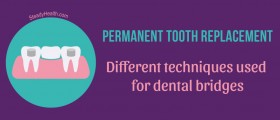
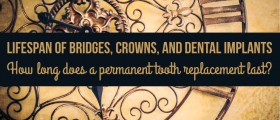
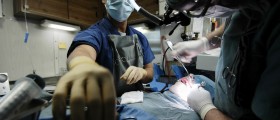
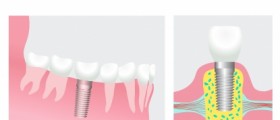


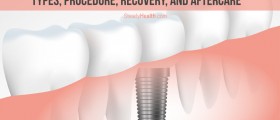




Your thoughts on this
Loading...